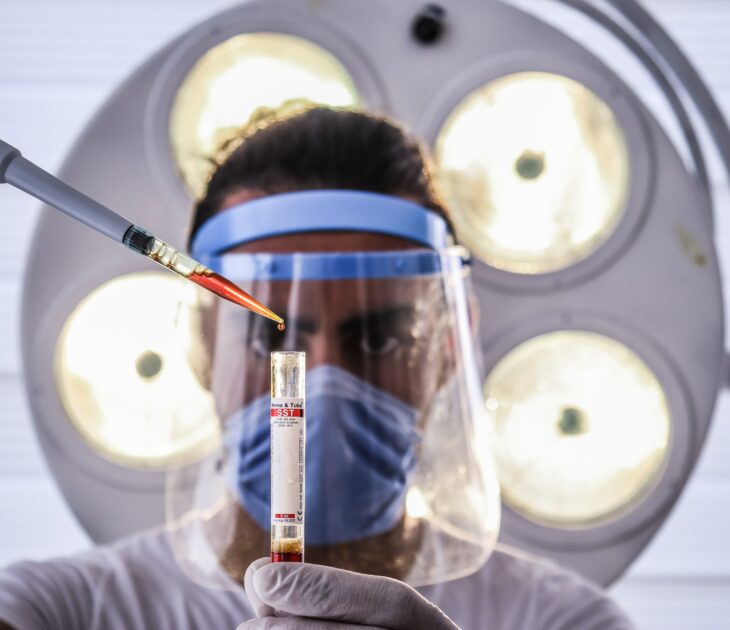Hemophilia B is a blood disease that affects roughly 30,000 people in the United States. People with Hemophilia B are not able to clot their blood properly. Scientists have shown this disease is hereditary, since people with hemophilia B lack a particular protein that forms blood clots, called factor IX. Doctors can treat people with hemophilia B by infusing factor IX into their veins, but this treatment is expensive and time-consuming. Scientists therefore want to find new ways to treat hemophilia B patients.
A team of researchers from the UK recently attempted to treat patients with hemophilia B by transferring genetic material into their cells using a process called gene therapy. They used a type of virus with double-stranded DNA, termed an adenovirus. The adenovirus they used, called FLT180a, is designed to increase factor IX levels by up to 8 times in a patient’s liver.
The researchers started the trial with 17 patients, but some patients withdrew early, while others had an inhibitor for factor IX that exempted them from the study, leaving 10 patients in total. The patients were all men, with ages ranging from 25-67, and most of them were white, except one patient who was Asian. All the patients had either severe or moderately severe hemophilia B. None of the patients had any known factors that would prevent the gene therapy from working.
The team carried out the gene therapy only once per patient. To do so, they inserted the FLT180a adenovirus into a protein shell, called a capsid. They explained this capsid contains a promoter that directs it to the liver, where it releases the adenovirus. It also protects the adenovirus from the body until it is released. The researchers injected the adenovirus and its capsid into each patient’s bloodstream through an IV. They gave each patient additional medications to ensure they maintained normal factor IX levels, and to boost their immune systems
The researchers gave 4 different doses of the FLT180a adenovirus to the patients. They gave patients 1 and 2 the lowest dose, of about 400 billion vector genomes per kilogram of body weight (vg/kg). They gave patients 3 and 6 the highest dose, of about 1000 billion vg/kg. They gave patients 4 and 5 an intermediate dose, of about 600 billion vg/kg. They also gave an intermediate dose of about 800 billion vg/kg to patients 7 through 10. The team monitored each patient’s factor IX levels for 26 weeks after the infusion, every day for the first week and then once a week after that.
The scientists hypothesized the adenovirus would produce normal levels of factor IX in the patients with hemophilia B. But after treatment, they found patients with the lowest dose of FLT 180a, patients 1 and 2, had factor IX levels 40% to 50% of normal. Some of the patients with intermediate doses of FLT 180a, patients 4 and 5, had factor IX levels 20% to 60% of normal. The other patients with intermediate doses of FLT 180a, patients 7 through 10, had factor IX levels 170% to 210% of normal. The patients with the highest dose of FLT 180a, patients 3 and 6, had factor IX levels 100% to 300% of normal.
The researchers interpreted their data to mean the adenovirus gene therapy could increase factor IX levels to near normal in some hemophilia B patients, but it could raise them to dangerously high levels as well. When they found the extremely high levels of factor IX in patients 3 and 6, the scientists gave them medication to support their immune systems. They found patient 3’s factor IX levels then stabilized to 100%, but patient 6’s levels remained at 280%, even after taking more medication. They found something similar in patients 7 through 10 – their high factor IX levels only slightly decreased after further medication.
The researchers concluded their gene therapy treatment could help patients with hemophilia B increase their factor IX levels, and thus their ability to clot blood. But they cautioned that different patients responded to the treatment with various degrees of success. They also found some patients experienced side effects during treatment, such as unexpected bleeding episodes, that required them to be treated in hospital. But overall, they suggested this gene therapy could help improve blood clotting in hemophilia B patients for up to a year before more treatment would be needed.


